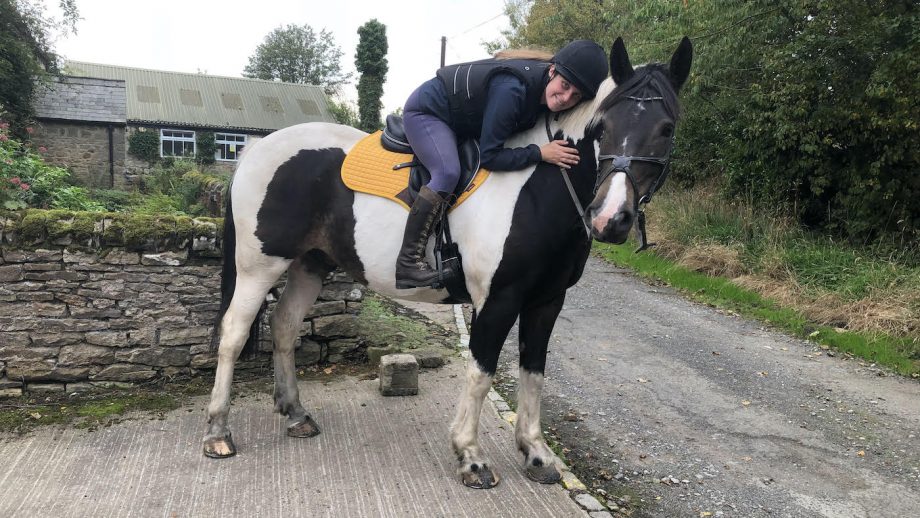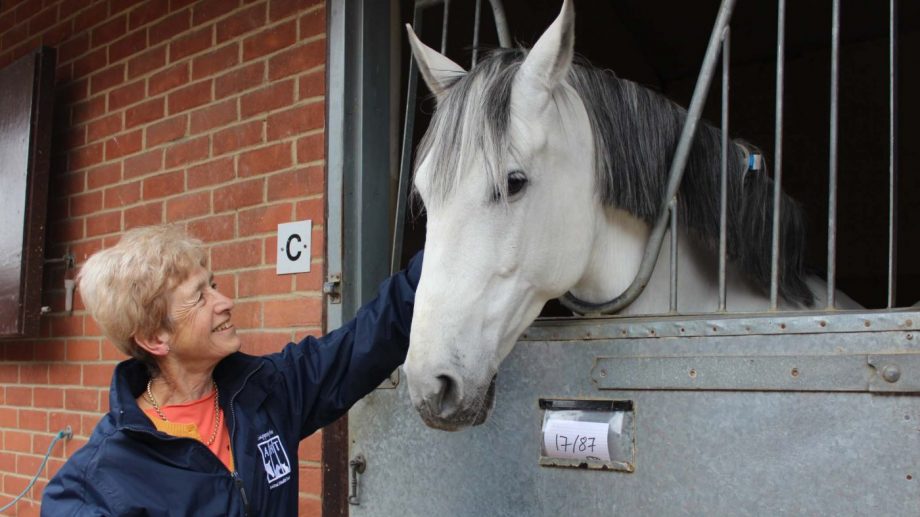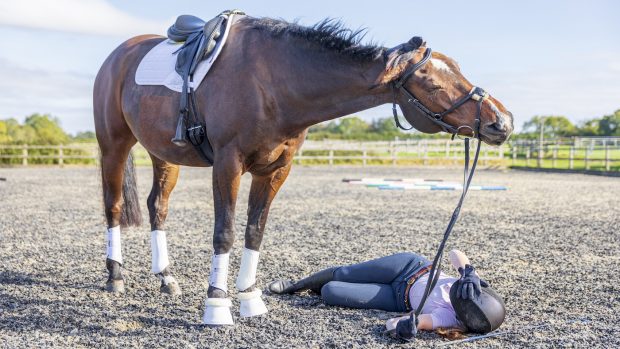The creators of a new documentary on the ridden horse pain ethogram (RHpE) hope it will improve horse welfare and performance, as well as horse sport’s future.
The RHpE comprises 24 behaviours including tail-swishing and an open mouth, the presence of eight or more of which may indicate that the horse has musculoskeletal pain, even if it is not overtly lame. Sue Dyson, former head of clinical orthopaedics at the Animal Health Trust, developed the ethogram through research including assessing lame and non-lame horses.
She has since expanded its application, and has this year been involved in the creation of the 35-minute documentary, with Kathryn Lauritzen of Padma Video, which was released on 30 September, “aimed at everyone involved in the equine industry”.
The film has already been shown at a conference in the US, and Dr Dyson said the response was “tremendous”.
“We developed a course [on the RHpE] with US charity Equitopia; a paid-for course, but the person who did all the video and photography was Kathryn,” Dr Dyson said. “She’s very much a horse person and she was blown away by the subject area. She came to me this year and said ‘Let’s make a documentary, and make it free to watch, so we can transmit the message’. I said ‘Good idea’.”
The video follows the story of showjumper Galina, owned by Lauren McMahon, who had started refusing jumps and becoming less willing to work on the flat, but was not overtly lame. Dr Dyson, with Gold Coast Equine vet Jim Myers, examine the mare, apply the ethogram; their findings shown on the footage, and diagnose the issue.
Dr Dyson said the aim is to “raise more awareness that so many of these behaviours that people accept as normal for horses are not normal; they’re a clue that something’s wrong,” she said. “And to encourage early investigation of problems rather than letting them linger, then when they are investigated, they’re more of a challenge.”
Dr Dyson said the equestrian industry can be very traditional, and many riders will have learned on ponies with low-grade lameness issues, who may be reluctant to go forward, often have their ears back or swish their tails when ridden, and “we become kind of accustomed to that being how horses behave, but it’s not”. She hopes using the ethogram will help maintain horse sport’s social licence to operate, or public acceptance of the use of horses in sport.
“Pain-free horses don’t react like that,” she said. “I hear time and again trainers saying ‘Kick harder’, or ‘Go to the gym and build your core strength’, ‘make your horse take an even contact’, but they’re all the ways horses try to communicate with us, and we need to listen.”
World Horse Welfare is among the promotional partners for global distribution of the documentary.
You might also be interested in:

‘They’re trying to tell us – we need to listen’: rider of ‘naughty’ horse diagnosed with kissing spine wants to help others notice signs earlier

Better knowledge of equine behaviour could improve welfare, performance and safety

Behaviour assessment tool enables all onlookers to assess pain in horses
Research has found it is possible for untrained observers to assess pain and lameness in ridden horses using an ethogram

Subscribe to Horse & Hound magazine today – and enjoy unlimited website access all year round
Horse & Hound magazine, out every Thursday, is packed with all the latest news and reports, as well as interviews, specials, nostalgia, vet and training advice. Find how you can enjoy the magazine delivered to your door every week, plus options to upgrade your subscription to access our online service that brings you breaking news and reports as well as other benefits.




